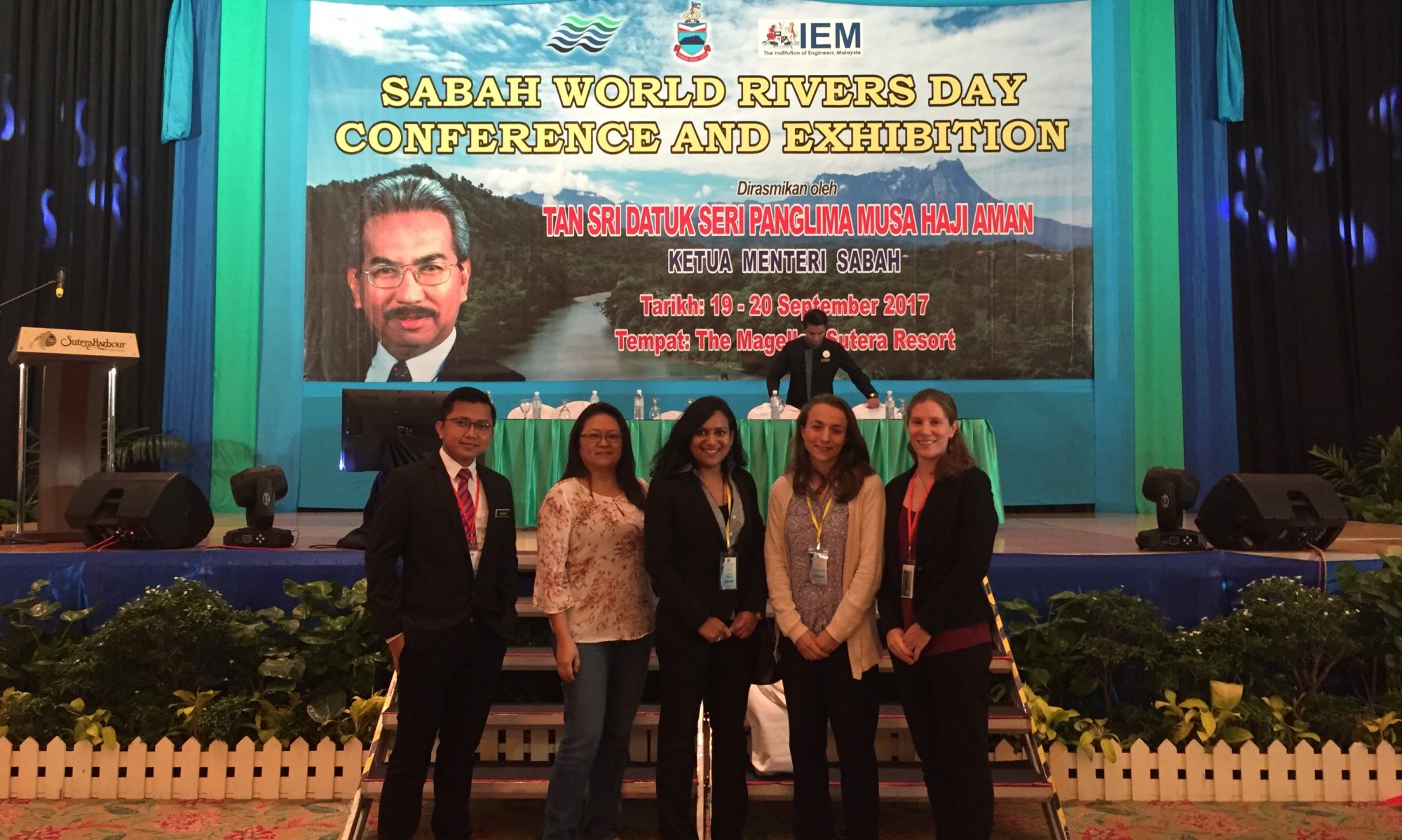Riparian buffers in tropical agriculture: Scientific support, effectiveness and directions for policy
Journal Of Applied Hydrology, 2019. 56: 85-92
Sarah H. Luke1,2 |Eleanor M. Slade3,4 |Claudia L. Gray5|Kogila V.
Annammala6 |Julia Drewer7 |Joseph Williamson8 |Agnes L. Agama9|MiklinAtiong10|Simon L. Mitchell1 |Charles S. Vairappan11|Matthew J. Struebig1
1Durrell Institute of Conservation and Ecology (DICE), School of Anthropology  and Conservation, University of Kent, Canterbury, UK; 2Department of Zoology, University of Cambridge, Cambridge, UK; 3Department of Zoology, University of Oxford, Oxford, UK; 4Lancaster Environment Centre, University of Lancaster, Lancaster, UK; 5Department of Life Sciences, University of Sussex, Brighton, UK; 6Centre for Environmental Sustainability and Water Security (IPASA), Universiti Teknologi Malaysia, Johor Bahru, Malaysia;
and Conservation, University of Kent, Canterbury, UK; 2Department of Zoology, University of Cambridge, Cambridge, UK; 3Department of Zoology, University of Oxford, Oxford, UK; 4Lancaster Environment Centre, University of Lancaster, Lancaster, UK; 5Department of Life Sciences, University of Sussex, Brighton, UK; 6Centre for Environmental Sustainability and Water Security (IPASA), Universiti Teknologi Malaysia, Johor Bahru, Malaysia;
7Centre for Ecology and Hydrology (CEH), Edinburgh, UK; 8School of Biological and Chemical Sciences, Queen Mary University of London, London, UK; 9South East Asia Rainforest Research Partnership (SEARRP), Lahad Datu, Malaysia; 10Department of Irrigation and Drainage, Water Resources Management Section, Kota Kinabalu, Malaysia and 11Institute for Tropical Biology and Conservation, Universiti Malaysia Sabah, Kota Kinabalu, Malaysia
Abstract
- There is a weak evidence base supporting the effective management of riparian ecosystems within tropical agriculture. Policies to protect riparian buffers—strips of non-cultivated land alongside waterways—are vague andvary greatly between countries.
- From a rapid evidence appraisal, we find that riparian buffers are beneficial to hydrology, water quality, biodiversity and some ecosystem functions in tropical landscapes. However, effects on connectivity, carbon storage and emissions re-duction remain understudied. Riparian functions are mediated by buffer width and habitat quality, but explicit threshold recommendations are rare.
3. Policy implications. A one-size fits all width criterion, commonly applied, will be insufficient to provide all riparian functions in all circumstances. Context-specific guidelines for allocating, restoring and managing riparian buffers are necessary to minimise continued degradation of biodiversity and ecosystem functioning in tropical agriculture.
KEYWORDS
biodiversity, conservation set-aside, ecosystem function, environmental policy, riparian corridor, riparian reserve, river, water quality
Read more on our paper :
or download directly here:

